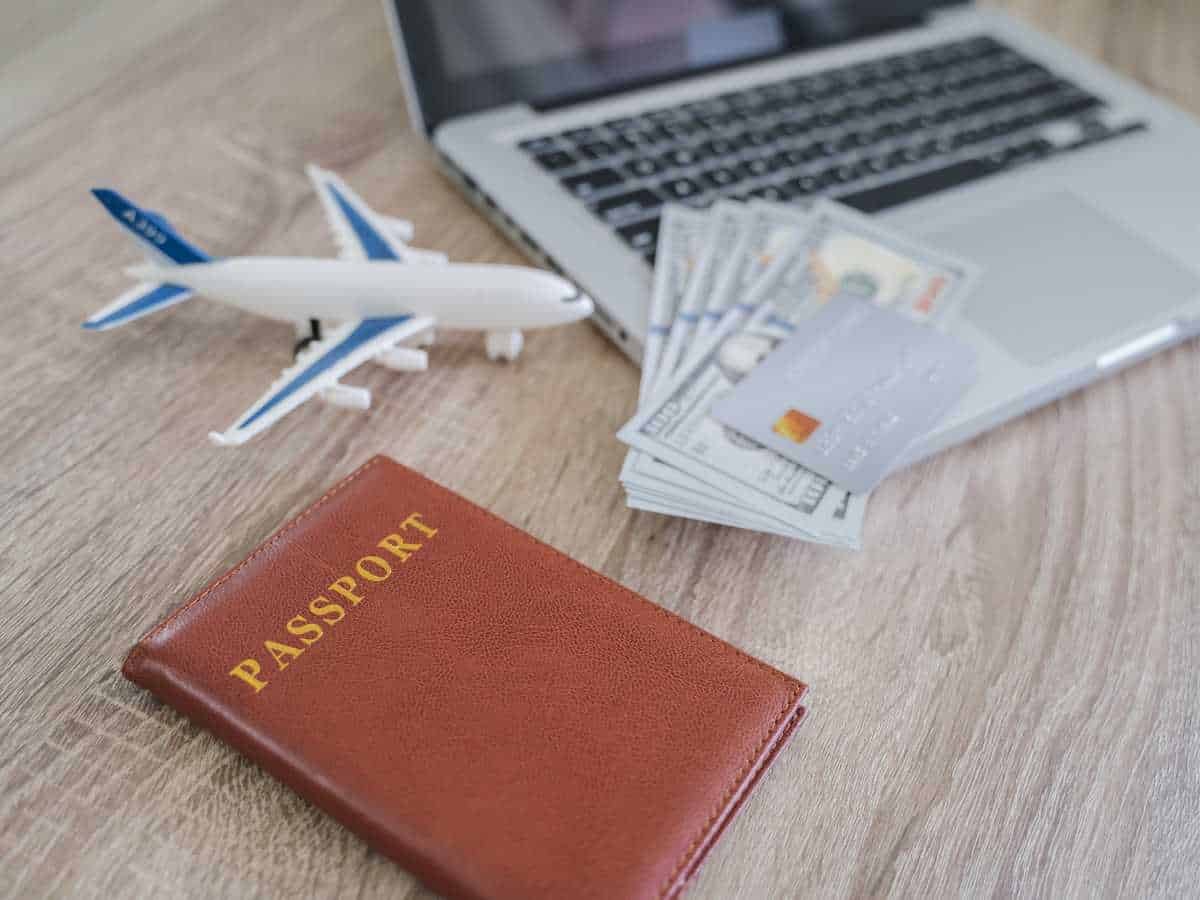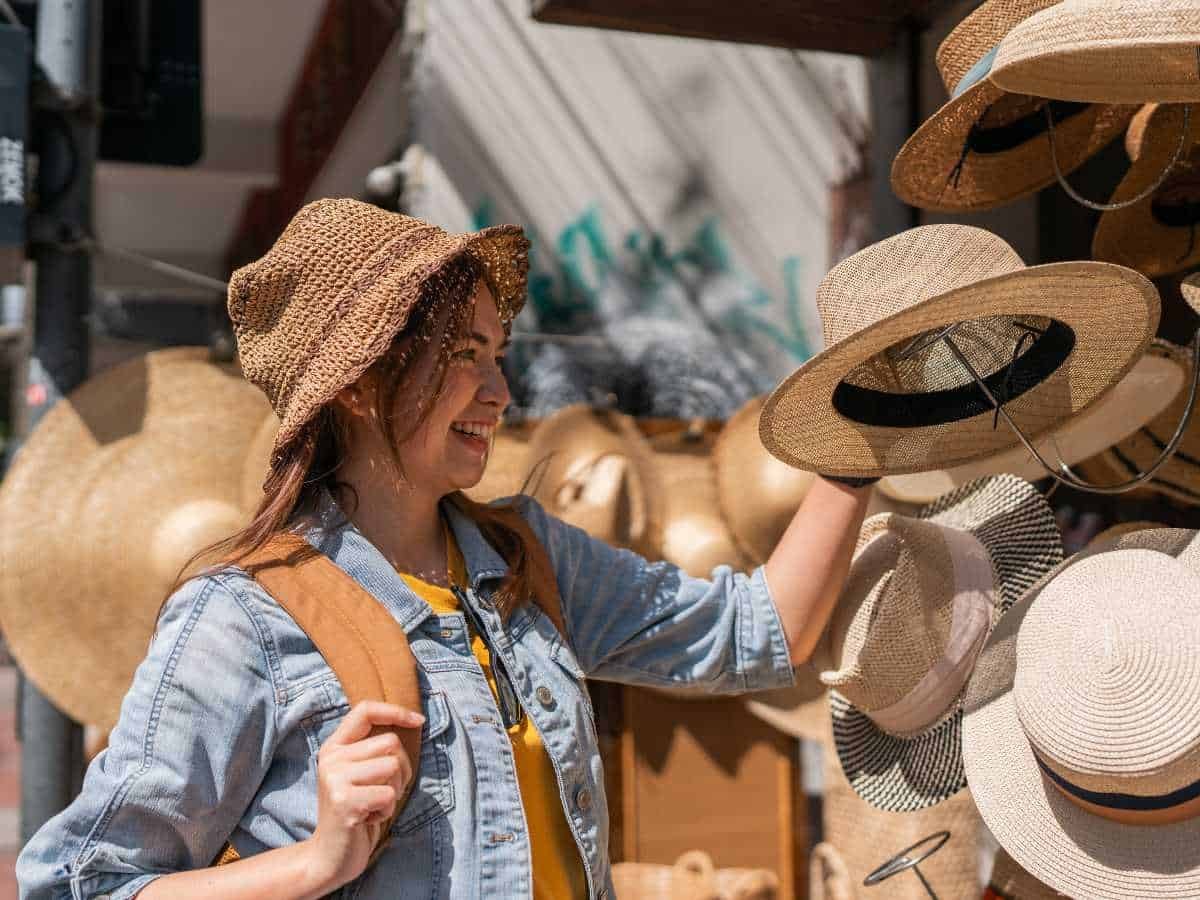Are you tired of hurried holidays that leave you feeling more worn out than refreshed? You’re not alone! Many travellers are now looking for more authentic experiences in their adventures. By choosing to embrace slow travel, you can adopt a more relaxed pace, spending an extended period of time in one location and engaging in sustainable practices. It encourages you to take your time, soak in local cultures, and truly connect with your surroundings. In this article, we’ll explore how to enjoy slow travel on a budget, offering practical tips that will help you create unforgettable memories without emptying your wallet!
Understanding Slow Travel
Slow travel is all about immersing yourself in the local culture, environment, and community at a relaxed pace. Rather than racing from one tourist spot to another, this approach invites you to practice slow travel, savoring your experiences and gaining a deeper understanding of your destination. By prioritising quality over quantity, you can enjoy a more enriching travel experience. Slow travel allows you to appreciate the little things—a friendly conversation with a local, a scenic sunset, or the taste of a traditional dish—without the pressure of a packed itinerary. When you travel slowly, you can connect more deeply with your surroundings and experiences, ultimately leading to a more enriching and less exhausting trip. This mindful approach can lead to more profound memories and a greater appreciation for the places you visit.
Definition and History of the Slow Travel Movement
The slow travel movement is a growing trend that encourages travellers to adopt a more mindful and sustainable approach to exploring the world. The slow movement concept is rooted in the slow food movement, which emphasises the importance of savouring local cuisine and supporting local communities. Slow travel takes this philosophy a step further by encouraging travellers to slow down and immerse themselves in the regional heritage, rather than rushing to see as many sights as possible.
The slow travel movement has its roots in the 1980s, when the slow food movement was first introduced in Italy. Since then, the concept of slow travel has gained popularity worldwide, with more and more travellers seeking to adopt a more sustainable and meaningful approach to travel.
Benefits of Slow Travel
Slow travel offers a wide range of benefits, from reducing stress and anxiety to fostering deeper connections with local communities. By traveling slowly, travellers can:
Reduce Their Carbon Footprint: Opting for slower modes of transportation and staying longer in one place helps minimise environmental impact.
Immerse in their Culture: Taking the time to learn about local customs and traditions leads to a richer travel experience.
Make Meaningful Connections: Building relationships with locals and fellow travellers can lead to lasting friendships and deeper connections.
Enjoy a Relaxed Pace: Traveling at your own pace reduces stress and allows for a more enjoyable journey.
Support Local Economies: Spending money on local businesses and services promotes sustainable development and benefits the local community.
Preparing for Slow Travel
Preparing for slow travel requires a mindset shift and a willingness to adopt a more relaxed pace. Here are some tips to help you prepare for your long trip and slow travel journey:
Learn About Local History and Culture: Understanding the background of your destination enriches your experience.
Research Local Markets and Cuisine: Knowing where to find markets and what local dishes to try enhances your culinary adventure.
Look for Local Events and Activities: Participating in local festivals and events provides a deeper connection to the community.
Connect with Locals and Fellow Travellers: Use social media and online forums to gather tips and make connections before you arrive.
Choosing the Right Accommodations
Choosing the right accommodations is crucial for slow travel. Consider staying in locally-owned accommodations, such as bed and breakfasts, guesthouses, or home stays. These types of accommodations offer a unique opportunity to connect with locals and experience their way of life.
Look for Locally-Owned Accommodations: Supporting local businesses benefits the community and provides a more authentic experience.
Consider Longer Stays: Staying in one place for a longer period allows you to immerse yourself in the native culture.
Research Local Transportation Options: Plan your itinerary with local buses or other sustainable transportation methods.
Be Mindful of Your Carbon Footprint: Choose accommodations that prioritise sustainability and eco-friendly practices.
By following these tips and embracing the principles of slow travel, you can enjoy a more immersive and budget-friendly travel experience.

Cost-Saving Strategies for Slow Travel
When it comes to slow travel, you don’t need to spend a fortune. In fact, embracing this style of travel often results in significant savings. Here’s how:
1. Budget Wisely
Creating a realistic travel budget is essential for any trip, especially for slow travel and domestic trips. This approach allows you to allocate funds strategically across different categories:
Accommodation: Opting for budget-friendly options like hostels, guesthouses, or even camping can greatly reduce your lodging expenses. Many destinations also offer home stays, which provide a local experience at a lower price.
Food: Eating at the markets or street vendors rather than expensive restaurants can save you money while allowing you to enjoy authentic dishes. Preparing your own meals, if you have kitchen access, is another way to keep food costs low.
Activities: Instead of booking costly tours, seek out free or low-cost activities. Many places offer free walking tours, community events, or natural attractions that don’t require an entrance fee.
2. Stay Longer
One of the primary advantages of slow travel is the opportunity to stay longer in one location. Even with limited time in one destination, such as a few days, it’s possible to engage deeply with nearby destinations. This approach not only cuts down on transportation costs but also allows for a more immersive experience:
Reduced Transportation Costs: Frequent travel between destinations can add up quickly in terms of flight, train, car or bus fares. By staying longer, you can often negotiate better rates with accommodations and save on travel expenses.
Deeper Exploration: When you take the time to truly explore one area, you can discover hidden gems and local experiences that a quick visit would overlook. This often leads to more meaningful interactions and a richer understanding of the culture, making your trip more rewarding without additional costs.
Community Engagement: Staying put also provides opportunities to engage with the locals. Many towns and villages host free events or festivals, and getting to know locals can lead to shared meals, volunteer work or invitations to local gatherings that enhance your travel experience at little to no cost.
3. Travel Off-Peak
Planning your travels during the off-peak season is a smart strategy for budget-conscious slow travellers:
Cheaper Flights and Accommodation: Prices for flights and accommodation often drop significantly during off-peak times. This allows you to either save money or use your budget for other experiences, such as activities or dining out.
Fewer Crowds: Travelling during less busy times not only saves you money but also enhances your experience of new country. You’ll be able to enjoy popular attractions without the hassle of large crowds, making it easier to connect with the place and its people. Additionally, seeking out destinations off the beaten path can provide a more serene and immersive experience.
Authentic Local Experiences: Off-peak seasons often see locals more engaged with visitors. This can lead to richer interactions and a more authentic experience, as locals may have more time to share their culture and traditions.
Why Slow Travel Can Be Cheap
The essence of being a slow traveller is about making thoughtful choices that prioritise experiences over expenses. Here’s how this travel style inherently promotes cost savings:
Mindful Spending: Slow travel encourages a more intentional approach to spending. You’re less likely to make impulsive purchases or engage in costly tourist traps when you take the time to plan and connect with their heritage.
Immersion in Local Life: By engaging with locals and understanding their ways of life, you can find more affordable options for food, accommodation, and activities. Locals often know the best spots that offer value for money, which can lead to great savings.
Flexible Itineraries: Slow travel allows for flexibility in your plans. If you find a place you love, you can extend your stay without the pressure of a strict itinerary. This flexibility can also lead to discovering special deals or experiences that aren’t advertised to tourists.
Suggested Budget Destinations for Slow Travel
Finding the right destination is crucial for budget-friendly slow travel. Here are some great options that cater to slow travellers looking for affordable yet enriching experiences:
Portugal: With its stunning landscapes and rich history, Portugal offers affordable accommodation, especially in smaller towns like Sintra or Évora. Enjoy leisurely strolls through cobblestone streets and try local dishes like bacalhau à brás (cod with potatoes and eggs) while you explore the culture. Engage with locals at the markets and soak up the laid-back atmosphere.
Romania: Known for its breathtaking countryside and medieval towns, Romania is a budget traveller’s dream. Experience the charm of Transylvania, with its rolling hills and fairytale castles. Don’t miss traditional foods like sarmale (cabbage rolls) and mămăligă (cornmeal porridge). Staying in guesthouses or B&Bs can enhance your connection with the culture and provide you with insider tips on local attractions.
Vietnam: A fantastic destination for slow travel, Vietnam boasts diverse landscapes and rich culture. Cities like Hoi An are affordable, offering picturesque scenery and well-preserved architecture. Enjoy delicious street food like pho (noodle soup) without spending much, and consider taking your time to explore rural areas on foot or by bicycle to appreciate the countryside fully.
Scotland: The Highlands offer stunning scenery and historical sites. Explore small villages where you can immerse yourself in local traditions. Enjoy haggis and other local delicacies while hiking through dramatic landscapes. Camping in national parks can save you money and allow for an authentic experience under the stars.
Bali, Indonesia: Bali is not just a tropical paradise but also a budget-friendly destination. Enjoy affordable accommodation in local guesthouses and experience traditional Balinese dishes like nasi goreng (fried rice) while exploring its vibrant culture. Spend your days visiting local temples, engaging in yoga classes, or relaxing on quieter beaches.
Bangkok, Thailand: Bangkok is perfect for slow travellers seeking a mix of urban and cultural experiences. Street food is both cheap and delicious—don’t miss trying pad Thai or som tam (papaya salad). Stay in budget hostels or guesthouses to maximise your savings while exploring vibrant markets, temples, and traditional Thai dance performances.

Local Experiences: Connecting with the Local Community
One of the most rewarding aspects of slow travel is the chance to connect with their local people and way of life. Experiencing the everyday life of a destination allows for a more authentic and intimate connection. Here are some tips to deepen your immersion:
Engage with Locals: Participate in local customs and traditions. This could involve joining a cooking class, attending a local festival, or even just chatting with residents at a market. Building relationships with locals enriches your experience and provides a deeper understanding of the culture.
Volunteer: Consider volunteering or taking part in community activities. This not only helps you connect with locals but often comes at a lower cost than traditional tours. Look for opportunities in conservation projects or local charities where you can contribute your time while gaining valuable insights into the community.
Choose Local Accommodation: Look for homestays, guesthouses, or even house swaps. These options often provide a more authentic experience compared to hotels, allowing you to interact more closely with the local community and learn about their way of life.
Local Cuisine to Try
Food is an essential part of any travel experience. Here’s how you can enjoy local cuisines without overspending:
Street Food: Many destinations offer delicious and affordable street and fast food, options. From Vietnamese banh mi to Thai satay, eating where locals eat can be a treat for your taste buds and your wallet. Explore different vendors and try a variety of dishes to experience the local flavour.
Cooking Classes: Consider joining a cooking class to learn about local ingredients and techniques. This is often a fun and affordable way to immerse yourself in the culture while enjoying a meal you prepared. Plus, you’ll gain skills to recreate your favourite dishes at home.
Market Visits: Visit local markets to sample fresh produce, cheeses, and baked goods. Not only will you experience local flavours, but you can also save money by preparing your own meals if you have access to something like a local full kitchen. Many markets also offer free samples, allowing you to taste before you buy!
Sustainable Travel Practices to Reduce Carbon Footprint
Sustainability is a key component of slow travel. Here’s how you can travel responsibly while sticking to your budget.
Opt for eco-friendly transportation options, like trains or buses, instead of flights whenever possible. This can also be cheaper. Plan your routes to minimise travel time and expenses.
Stay Green: Choose accommodations that prioritise sustainability. Many places offer discounts for eco-conscious travellers and provide opportunities for you to engage in sustainable practices during your stay.
Support Local Businesses: Eating at restaurants and shopping at the markets not only enhances your experience but also helps the community. Your spending supports local economies, making your travel impact more positive.
Final Thoughts
Slow travel doesn’t have to be expensive! By embracing local experiences, making sustainable choices, and following cost-saving strategies, you can enjoy rich adventures without breaking the bank. So, why not start planning your next journey today? Dive into the world of slow travel and discover the beauty of each new destination, at your own pace.
Want to experience the world of slow travel and have a bit more to spend? Consider one of our all-inclusive flight-free slow travel adventures, like London to Albania by rail and sea where you’ll experience France, Italy and the Balkans like never before.




